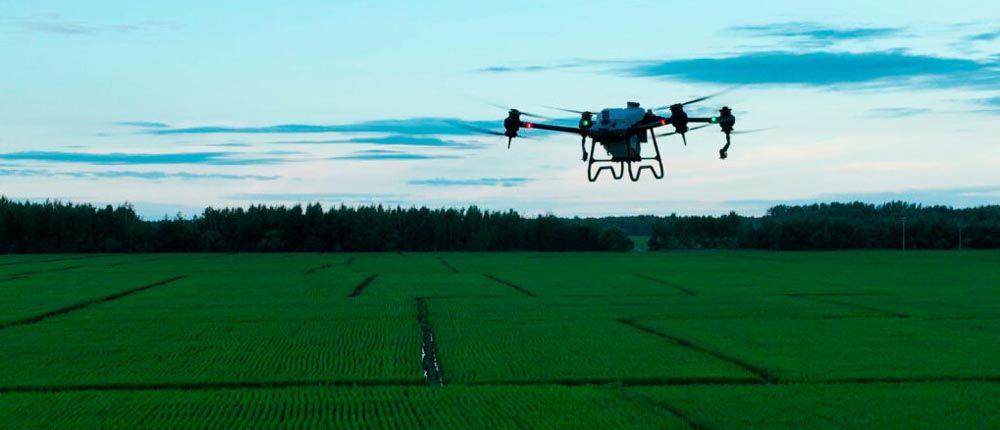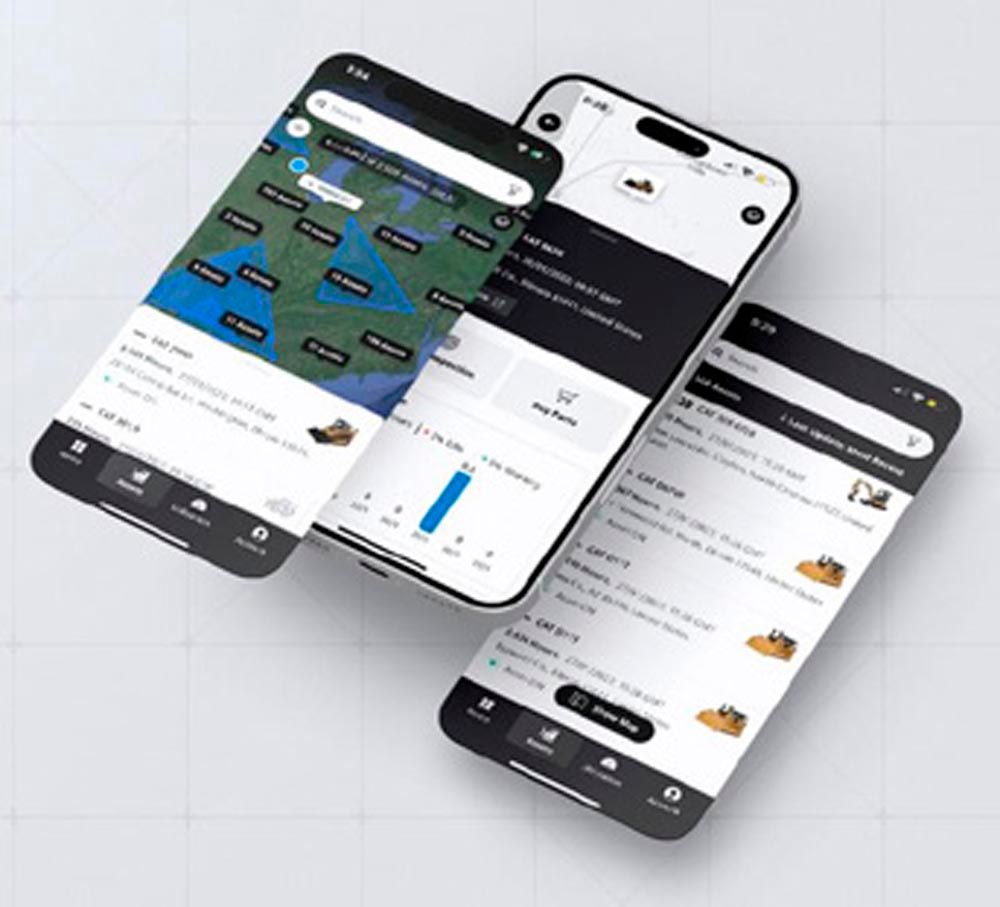The autonomous tractor has six pairs of stereo cameras, which enables 360-degree obstacle detection and the calculation of distance. Images captured by the cameras are passed through a deep neural network that classifies each pixel in approximately 100 milliseconds and determines if the machine continues to move or stops, depending on if an obstacle is detected. The autonomous tractor is also continuously checking its position relative to a geofence, ensuring it is operating where it is supposed to, and is within less than an inch of accuracy.
To use the autonomous tractor, farmers only need to transport the machine to a field and configure it for autonomous operation. Using John Deere Operations Center Mobile, they can swipe from left to right to start the machine. While the machine is working the farmer can leave the field to focus on other tasks, while monitoring the machine’s status from their mobile device.
John Deere Operations Center Mobile provides access to live video, images, data and metrics, and allows a farmer to adjust speed, depth and more. In the event of any job quality anomalies or machine health issues, farmers will be notified remotely and can adjust to optimize the performance of the machine.
deere.com
Advanced Farming Drone Technology
Leveraging aerial imagery, multispectral data collection, and crop spraying for precision agriculture, Volatus Drones empower farmers and the agricultural community to optimize their practices for a more environmentally sustainable future. Using cutting-edge drone technology, agriculturists can quickly and efficiently collect visual and multispectral data over hundreds—and even thousands—of acres per day, providing them with critical information to identify crop issues at an early stage, monitor crop growth, optimize nutrient utilization, and make informed decisions that lead to successful and profitable crop yields.

With its Coaxial Twin Rotor design and impressive payload capacity, the DJI Agras T40 drone can handle multiple tasks, from mapping and surveying to spraying and spreading.
With its Coaxial Twin Rotor design and impressive payload capacity, the DJI Agras T40 drone can handle multiple tasks, from mapping and surveying to spraying and spreading. The drone offers Active Phased Array Radar + Binocular Vision providing a 360-degree obstacle sensing and intelligent terrain technology. It can combine multiple functions in one drone including mapping, spraying, and spreading. The DJI Agras T40 was designed to withstand harsh environments. Rugged, flexible, and recyclable, the Marlyn Cobalt three-part EPP foam body has been engineered to operate in the most challenging conditions with increased surveying speed, accuracy, and control. With a cruise speed of 65 km/h and a flight time of up to 50 minutes, the wingtip-mounted propellers and large tailfin give the Marlyn Cobalt stability in survey/airplane mode while constantly correcting altitude to get the sharpest aerial images in the toughest of winds.
enterprise.volatusdrones.com
Telematics and Preventative Maintenance
A good way to ensure that machines experience no unexpected downtime is by using telematics data to perform preventative maintenance. By using tools like the Cat Inspect app or VisionLink software, you can schedule maintenance around project deadlines and send reports and alerts to the appropriate parties without delay so that maintenance isn’t missed.
Telematics devices also provide valuable insight into operational efficiency. To make sure that operators are using the equipment appropriately, telematics allows workers to receive alerts when they are doing things like coasting in neutral, not wearing seatbelts, or pushing the machine into engine overspeed. Identifying where and when these behaviors occur can be turned into a training opportunity for machine operators. This data can also be used to set a benchmark for performance.

A good way to ensure that machines experience no unexpected downtime is by using telematics data to perform preventative maintenance.
By using fleet management software, organizations can both reduce paperwork and create more thorough, searchable record keeping. With the Cat Inspect app, users can perform machine inspections and send them to the appropriate people without lots of manual paperwork to fill out. This allows for any action items to be addressed immediately, which increases safety and machine efficiency and solves issues in a timely fashion.
It’s not just large operations that benefit from fleet telematics systems either: smaller operators can still adopt these solutions and will find that the preventative maintenance aspect is especially useful for productivity improvement. For those with one to five machines, telematics can make preventative maintenance more predictable. And as smaller operators begin to grow and can’t be physically present at the job site, they can take full advantage of this data to see when machines stop, start and idle.
What if you have a mixed fleet? You can install Cat telematics devices on competitive equipment to capture data and perform maintenance. What data you can gather, however, will really depend on the age and size of each machine.
A telematics program can be an excellent way to gain more insight into your machines by increasing productivity and utilization and improving safety and performance.
cat.com










